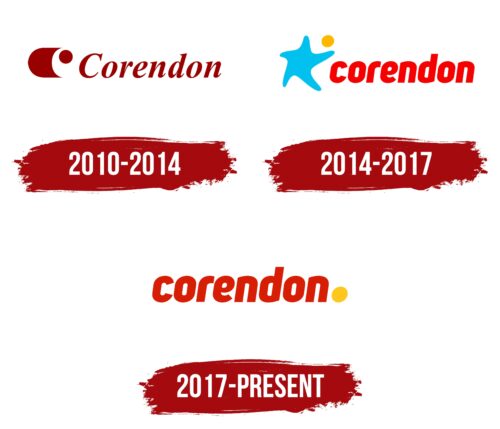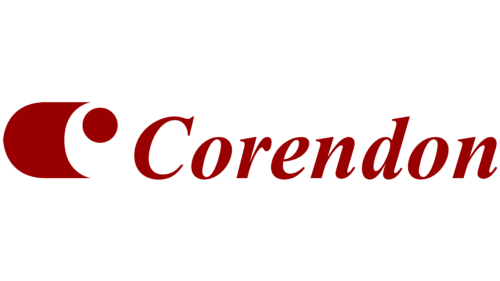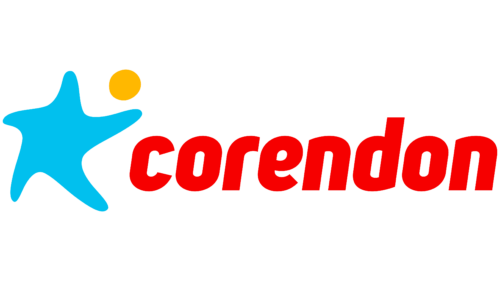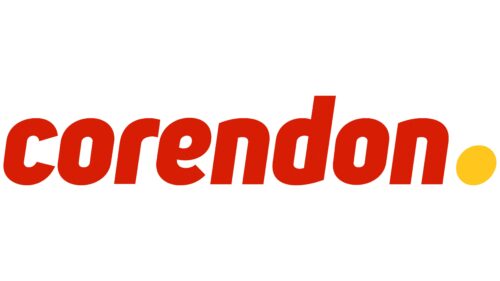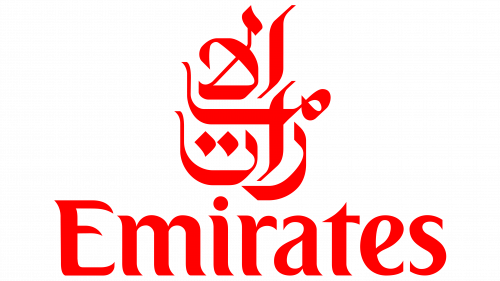 Corendon Dutch Airlines Logo PNG
Corendon Dutch Airlines Logo PNG
The logo of Corendon Dutch Airlines, a subsidiary of Corendon Tourism Group, embodies its Dutch heritage and role as a bridge connecting the Netherlands with sunny vacation spots across Europe and beyond. The emblem signifies the airline’s commitment to providing Dutch travelers with reliable, enjoyable, and affordable vacation options. Reflecting the hospitality for which Dutch companies are known, the logo captures the spirit of accessible tourism and leisure. It represents the airline’s effort to create delightful travel experiences, enabling travelers to take stress-free vacations.
Corendon Dutch Airlines: Brand overview
Corendon Dutch Airlines was established in 2011 as a branch of Corendon Airlines, a Turkish tour operator and airline. The main aim was to expand Corendon’s reach in the European tourist transport sector and offer Dutch travelers direct flights to popular vacation spots. On April 30, 2011, Corendon Dutch Airlines began its operations with a charter flight from Amsterdam to Antalya, Turkey, using a Boeing 737-800 leased from Corendon Airlines.
The airline carried around 80,000 passengers on charter flights to Turkey and Greece in its first year. Over the years, it grew its route network and fleet. By 2012, the company operated charter flights from Amsterdam and other Dutch cities to Turkey, Greece, Spain, Portugal, Egypt, and the Canary Islands.
In 2014, the company achieved a significant milestone by obtaining its Air Operator’s Certificate (AOC) from Dutch aviation authorities, allowing it to expand its operations under its code CD.
In 2015-2016, it expanded its fleet by leasing more Boeing 737-800 aircraft. By the end of 2016, the airline owned five, enabling it to increase its route network and flight frequency.
In 2017, the company reached a milestone by transporting its one-millionth passenger and solidified its partnership with Corendon, becoming the exclusive carrier for its package tours from the Netherlands. Throughout 2018, it acquired additional Boeing 737-800s and introduced new flight routes from Amsterdam to Turkey, Greece, Spain, Italy, Morocco, and Cyprus destinations. By the end of the year, the airline had served over 700,000 passengers.
In 2019, the company ordered three new Boeing 737 MAX 9 aircraft from the manufacturer to support its expansion plans and enhance fuel efficiency. The airline focused on optimizing its route network, emphasizing popular tourist destinations like Turkey, Greece, Spain, and Egypt. Additionally, it provided charter services to other tour operators and private clients.
Meaning and History
What is Corendon Dutch Airlines?
It is a Dutch travel airline based in Amsterdam, Netherlands. It operates charter and scheduled flights serving popular European and Mediterranean vacation destinations. The airline specializes in affordable air travel for vacationers, connecting major cities in the Netherlands with resorts in Turkey, Greece, Spain, and Portugal. Part of the Corendon Group, which includes Turkey’s Corendon Airlines and other travel-related businesses, the company is known for its competitive prices and modern aircraft.
2010 – 2014
Originally, Corendon Dutch was a division of the Turkish company Corendon Airlines, which is why their first logos were identical. The main element of the logo is the crescent moon—an important symbol in Islam that signifies the start of the month, akin to the beginning of the Prophet’s journey to spread the Quran. For the airline, it symbolizes the start of operations and the commencement of flights to other countries to transport passengers. The image emphasizes the company’s Muslim roots.
The crescent, which appears on the Turkish flag, pays homage to the homeland. The flag’s color is reflected in the image’s color. The brand aims to represent Turkey in the Netherlands.
The image resembles the capital letter ‘C’—the first in the company’s name. This choice seamlessly highlights the brand’s name, the company’s location, and its spiritual values. Adjacent to the crescent is a full moon symbol, representing the completion of the monthly cycle and indicating that the company plans to operate for months and years, evolving from a branch into a full-fledged enterprise.
The point symbolizes the sun, promising prosperity and wealth. Since a star usually accompanies the crescent in Islamic symbolism, the point can be seen as an image of shining hope and good fortune.
The arc and the point combination has another meaning—earth, and flights around it. The symbol speaks of travel and promises the company prosperity, longevity, and growth.
The brand name is crafted in elegant script with additional spacing between the letters, conveying the speed of the airplanes, as well as their lightness and maneuverability.
2014 – 2017
In 2014, Corendon Dutch Airlines remained an integral part of the Corendon Group, reflected in the design of their emblem, which closely aligns with the symbolism of the parent company. The main elements of the logo were transformed to reflect the subsidiary airline’s unique aspects and goals.
The central element of the logo is an image transformed from the traditional crescent into a disproportionate star. This change visually represents the company’s dynamic and innovative approach. The red dot previously used in the parent company’s logo has been transformed into a bright yellow sun, adding warmth and energy to the brand’s image.
These elements can be interpreted in several ways:
- The stars and sun are symbols of luck and prosperity. This interpretation highlights that the brand has reached the pinnacle of its development, increased passenger traffic, and is generating high revenue. These symbols reflect the flourishing state of the company.
- The sea and the beach are associated with relaxation at Turkish resorts. The blue color of the star, chosen for the logo, enhances the connection with water and sky, symbolizing beautiful natural sceneries and seaside relaxation.
- A person and the sun, emphasizing freedom and the global nature of transportation. The rounded edges of the star resemble a schematic representation of a person juggling the sun. This image illustrates how the company effortlessly transports passengers across different time zones and climatic regions, altering their perception of time and space.
The brand name is next to the image, written in calligraphic style, adding elegance and sophistication. This font complements the theme of leisure and comfort that Corendon Dutch Airlines strives to create. The entire logo composition is designed to evoke associations with pleasant journeys, quality service, and memorable vacations offered by the company to its clients.
2017 – today
The Dutch airline’s logo features bright and optimistic design elements that convey confidence in its professional capabilities and flight safety. The rounded letters, flowing lines, soft italics, and the yellow sun at the end of the name all contribute to a positive and welcoming image. The sun, represented as a large dot without rays, adds a modern touch. The bold lowercase sans-serif font shows the company’s commitment to customer loyalty. The glyphs are designed to be similar, such as the letter “r” resembling a fragment of the letter “n.”
The logo’s bright and optimistic design puts passengers at ease and creates a sense of well-being. The simplicity of the sun dot element keeps the design modern and less distracting. The uniform glyph design enhances the logo’s visual impact and consistency.
The rounded letters and flowing lines reflect warmth and approachability, highlighting the airline’s dedication to customer service. The soft italics add elegance and movement, suggesting ease and comfort during travel. The yellow sun symbolizes positivity and optimism while maintaining a clean look.
The bold lowercase sans-serif font reinforces a modern and friendly image. The similarity in glyph design, such as the “r” and “n,” creates a cohesive appearance, enhancing brand recognition. The bright colors and soft design elements positively affect passengers’ perceptions, promoting a sense of safety and reliability.
